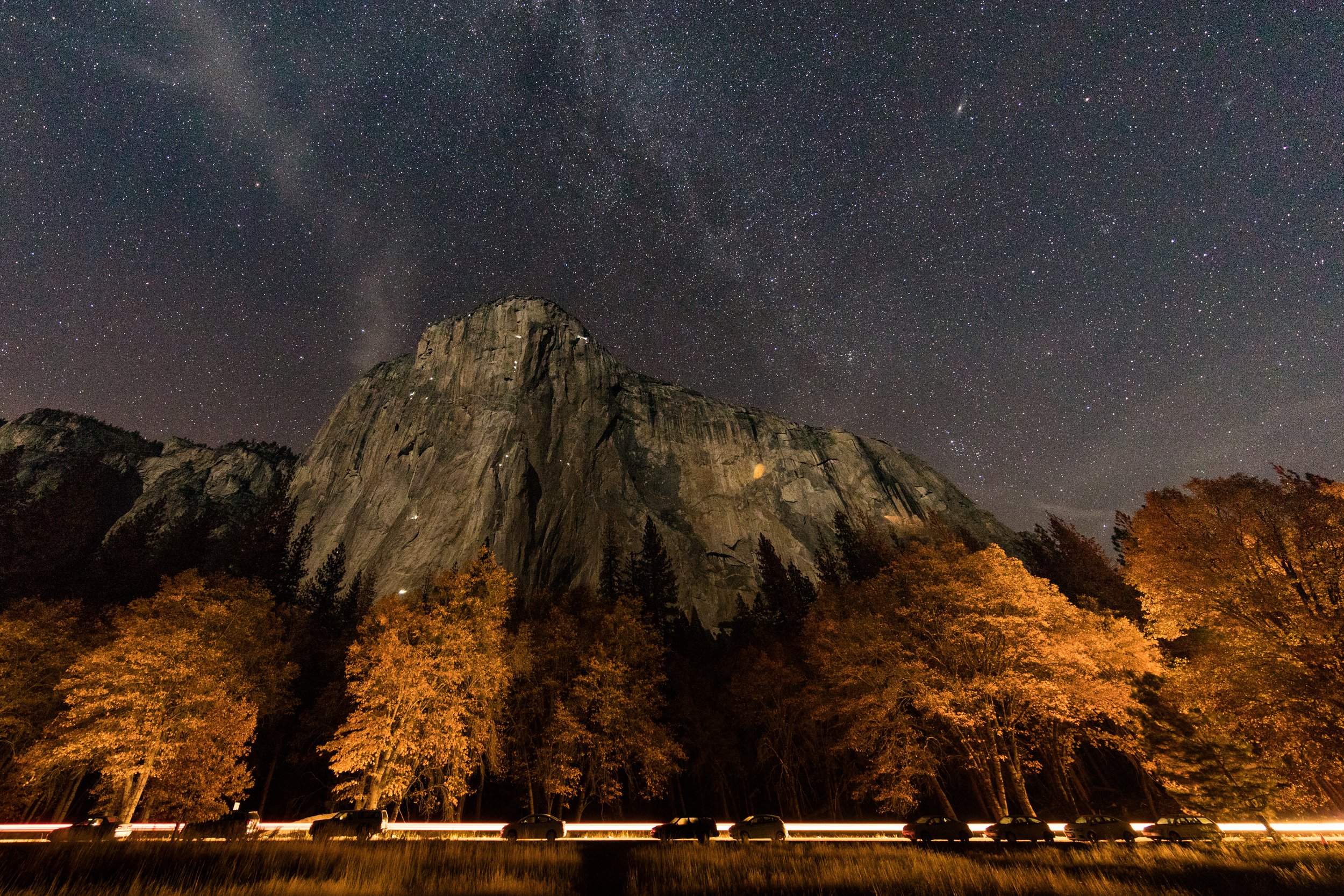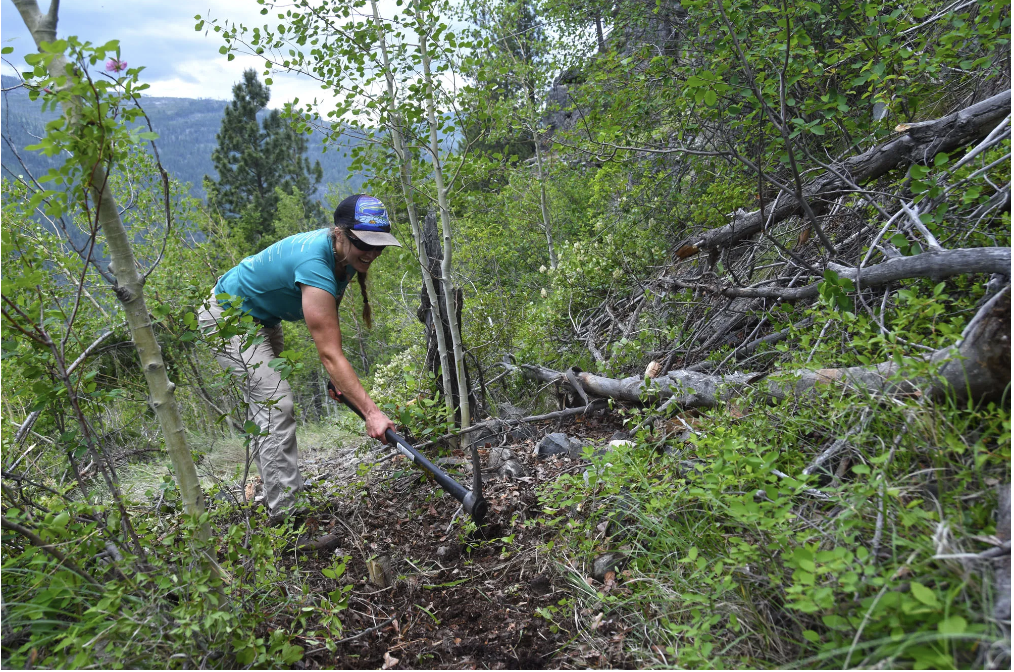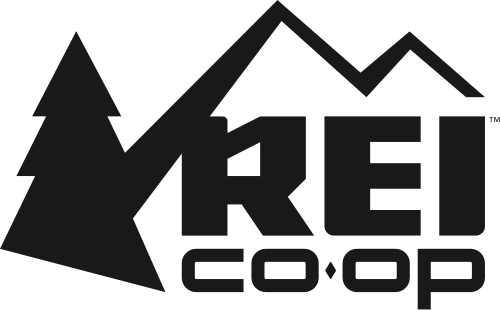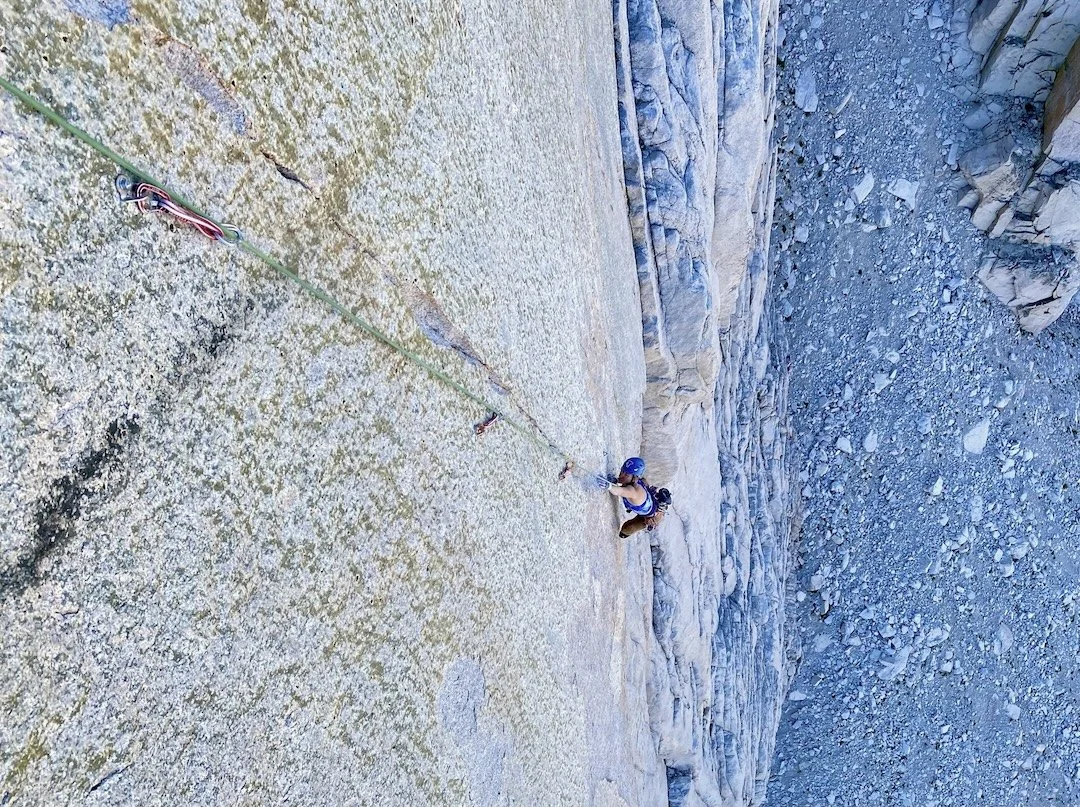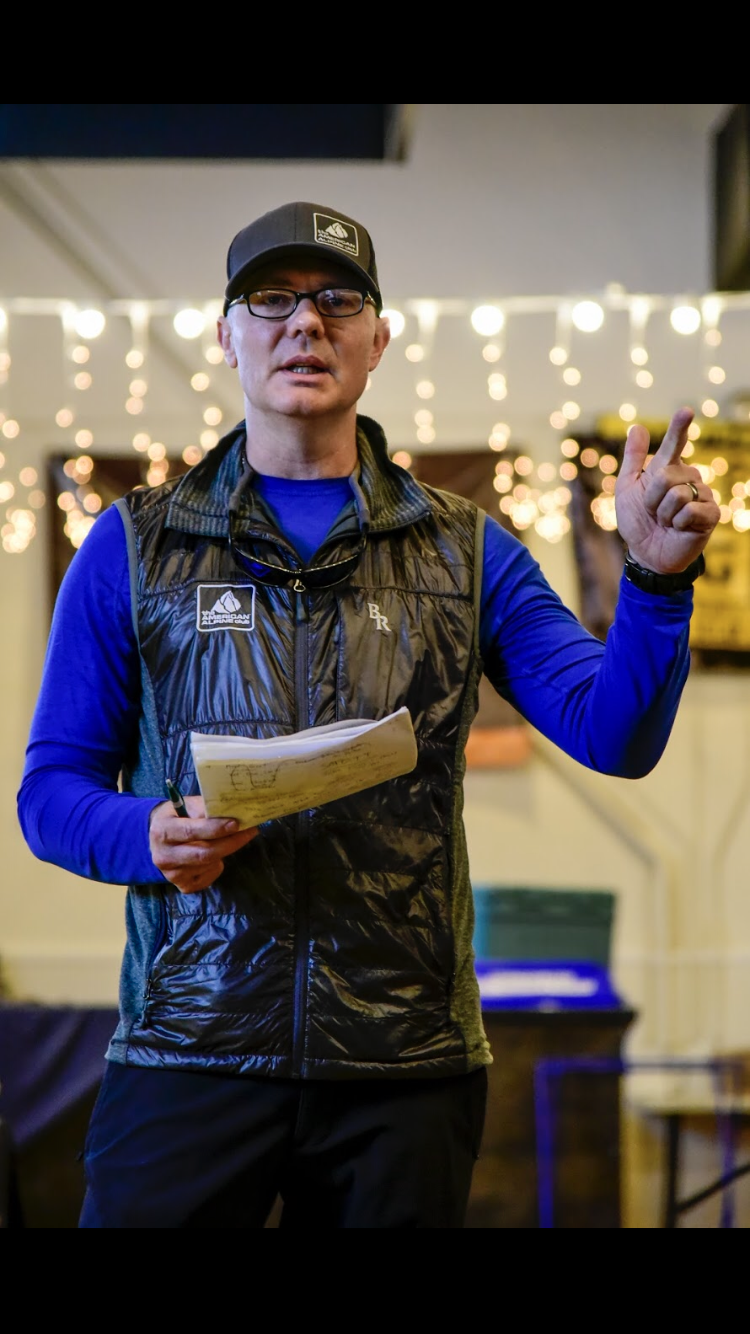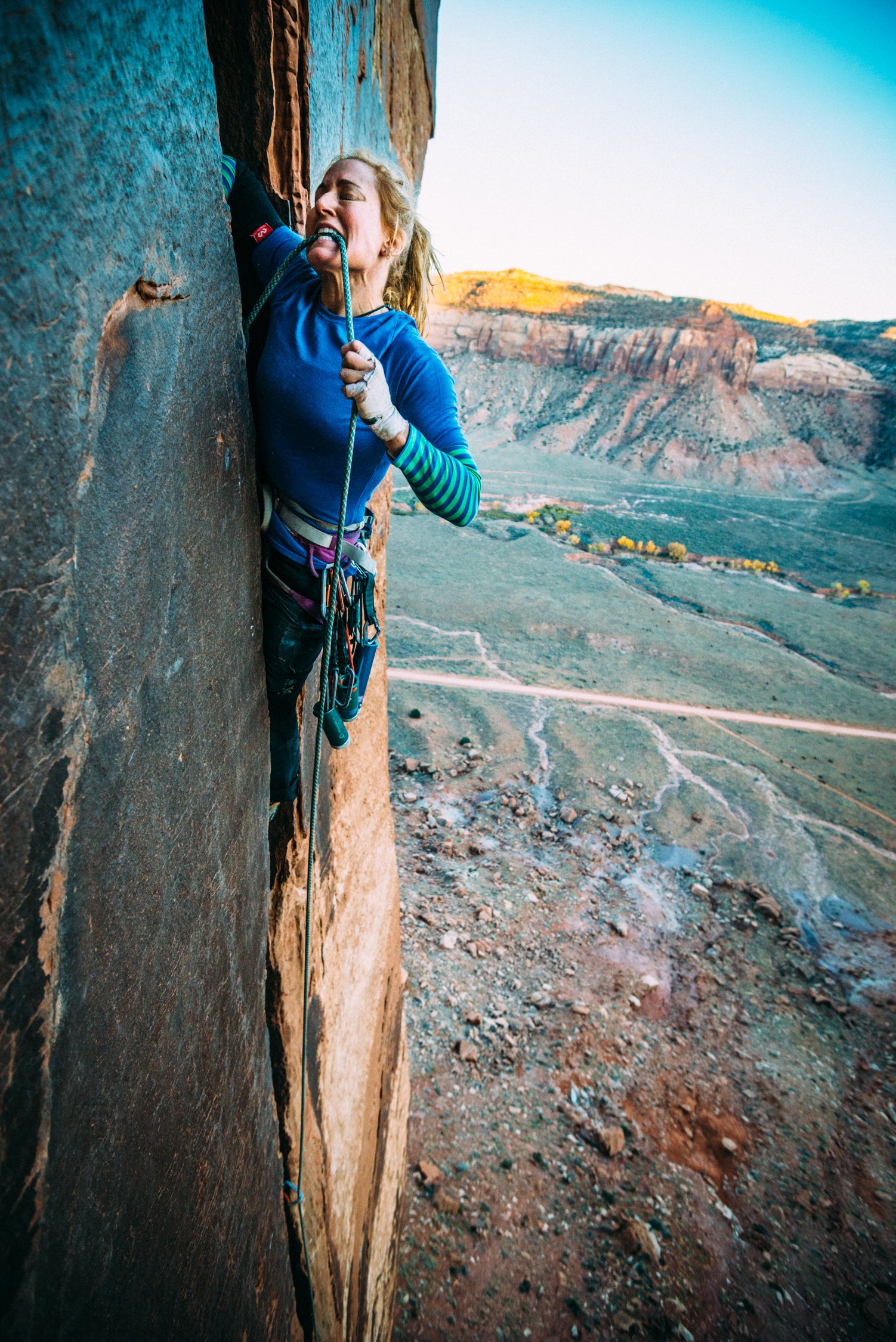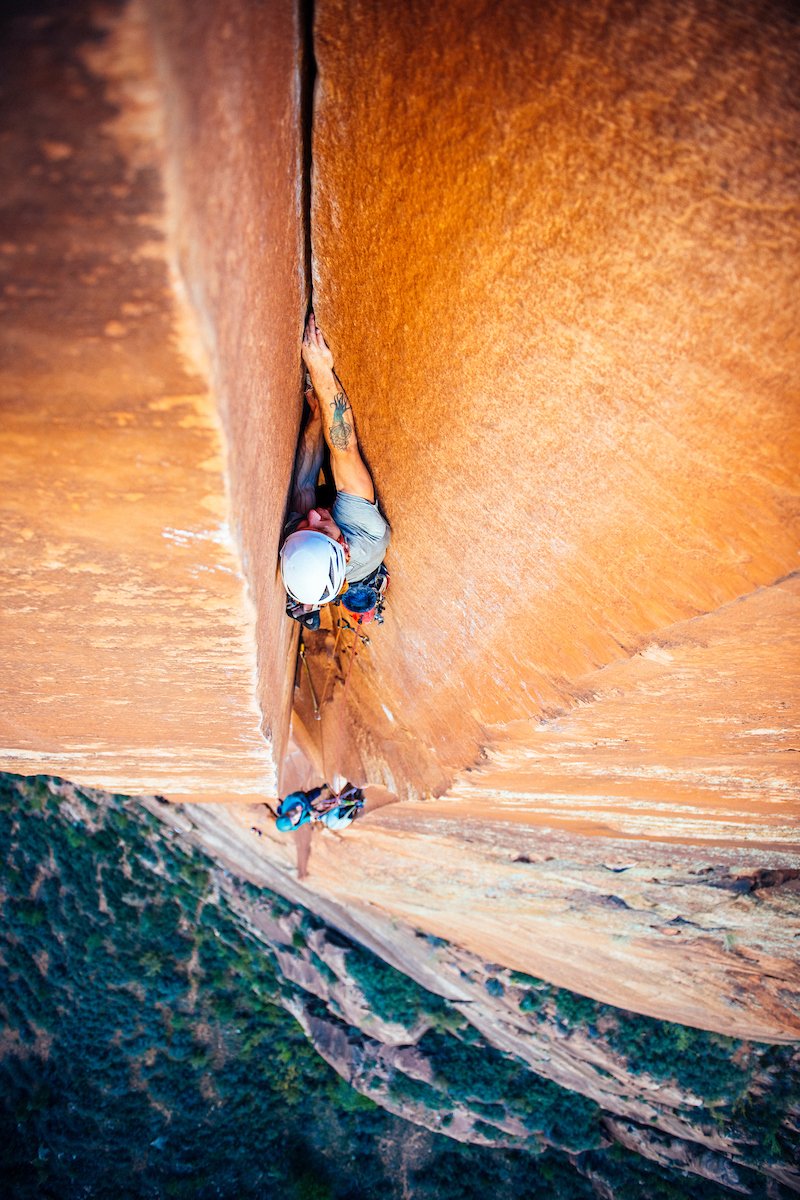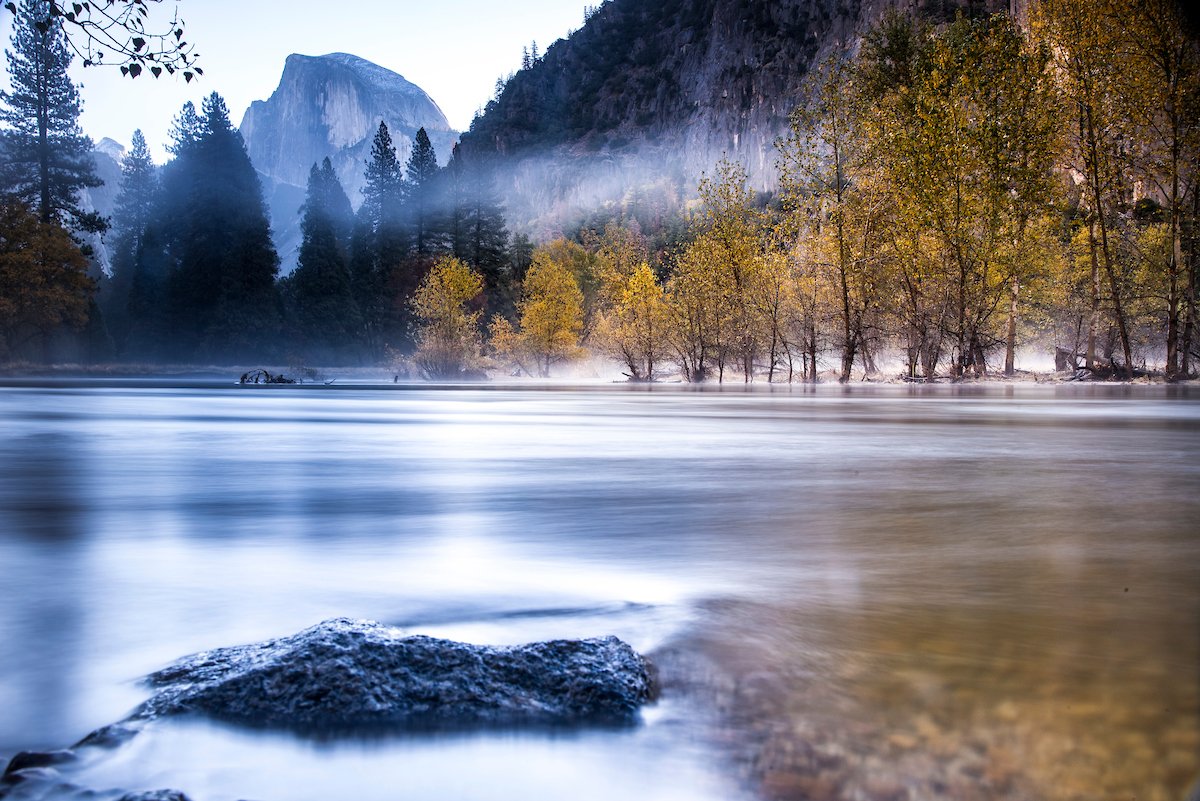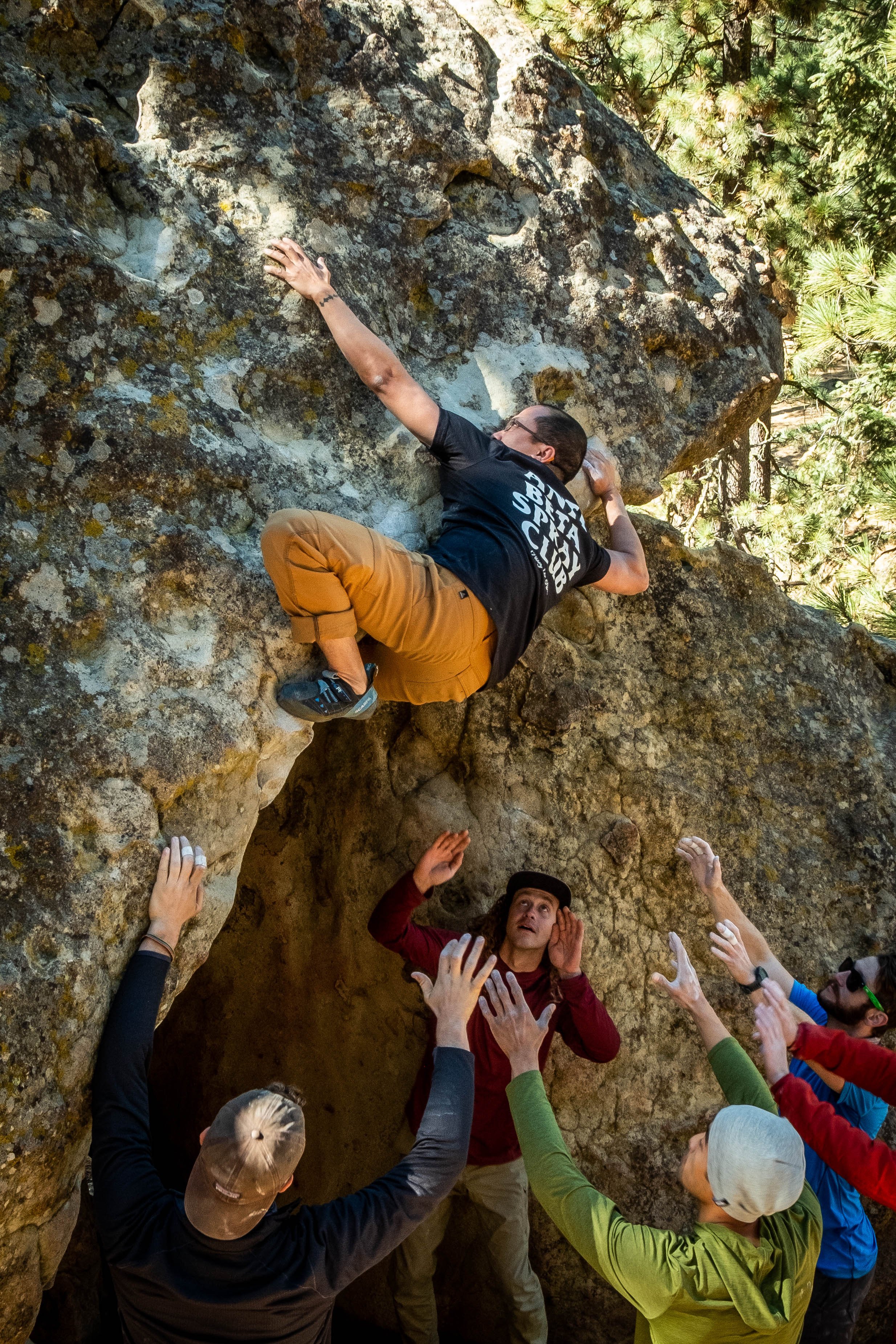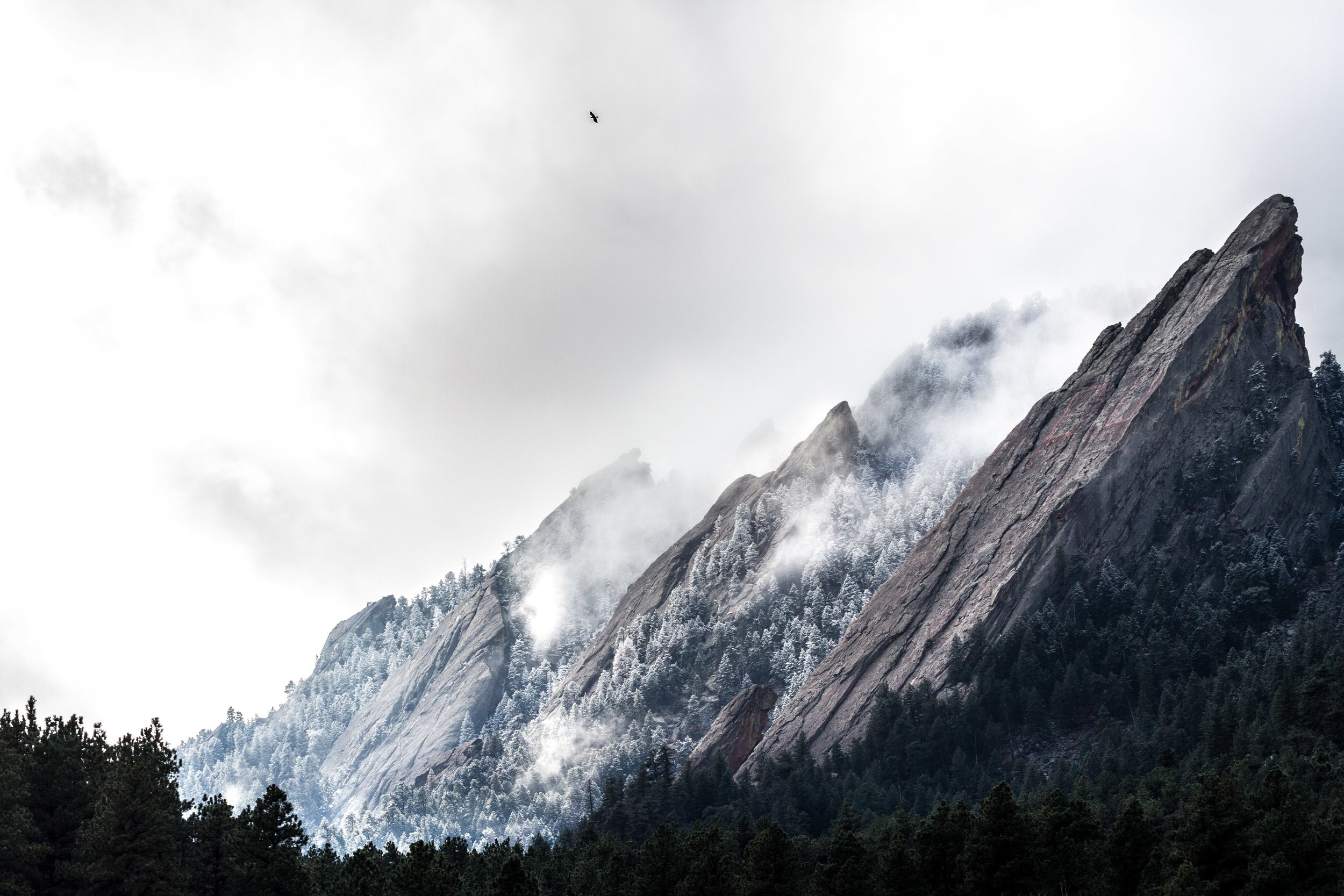A Story from the AAC Policy Team
by Chris Morissette
PC: AAC member Nate Ptacek
Only an hour and a half drive from the coast, Pine Mountain is one of a few remaining sky islands in California, a unique geological formation that consists of isolated mountains surrounded by radically different lowland environments. At an elevation of 7,000’, it is one of the best summer bouldering, hiking, and camping destinations almost anywhere in central and southern California. However, its under attack. The Reyes Peak Forest Health and Fuels Reduction Project is the United States Forest Service’s (USFS) plan to cut trees and clear chaparral across 755 acres on the Pine Mountain ridgeline. This story covers why logging on Pine Mountain would be a disaster for the ecology of this area, why the area is so culturally important for climbers and local Tribes, and the legal action that the AAC is taking to address this.
Update on Pine Mountain Litigation
We are disappointed to learn that a federal judge in the U.S. District Court for the Central District of California ruled against protecting a 755 acre tract of land on the top of Pine Mountain and Reyes Peak in the Los Padres National Forest area. The AAC, Los Padres ForestWatch, Keep Sespe Wild Committee, and Earth Island Institute—collectively represented by the Environmental Defense Center—joined up with the Center for Biological Diversity, California Chaparral Institute, and Patagonia Works—represented by the Center for Biological Diversity. Together, we filed a lawsuit in 2022 to halt a controversial logging and vegetation clearing project (The Reyes Peak Forest Health and Fuels Reduction Project) the U.S. Forest approved nearly two-years ago. The area, enjoyed by climbers, hikers, bikers and other outdoor enthusiasts, is one of the few remaining "sky islands" in California. The lawsuit alleged violations of NEPA, Roadless Area Conservation Rule, Endangered Species Act, and the National Forest Management Act. The AAC is working with their partners in the litigation and their legal team to determine next steps.


